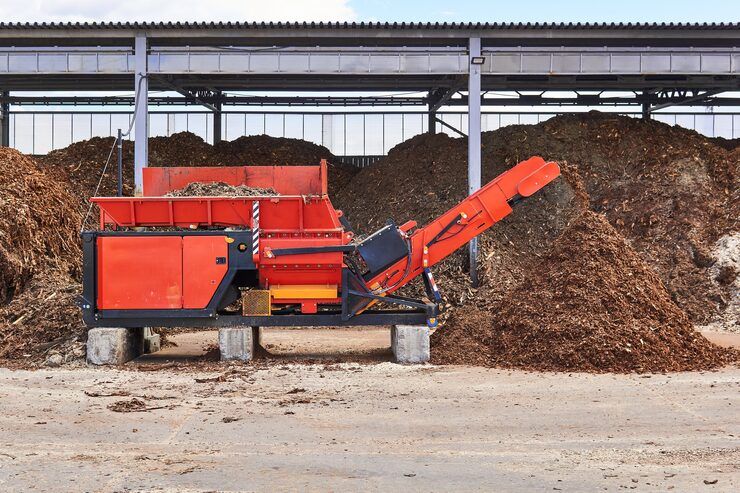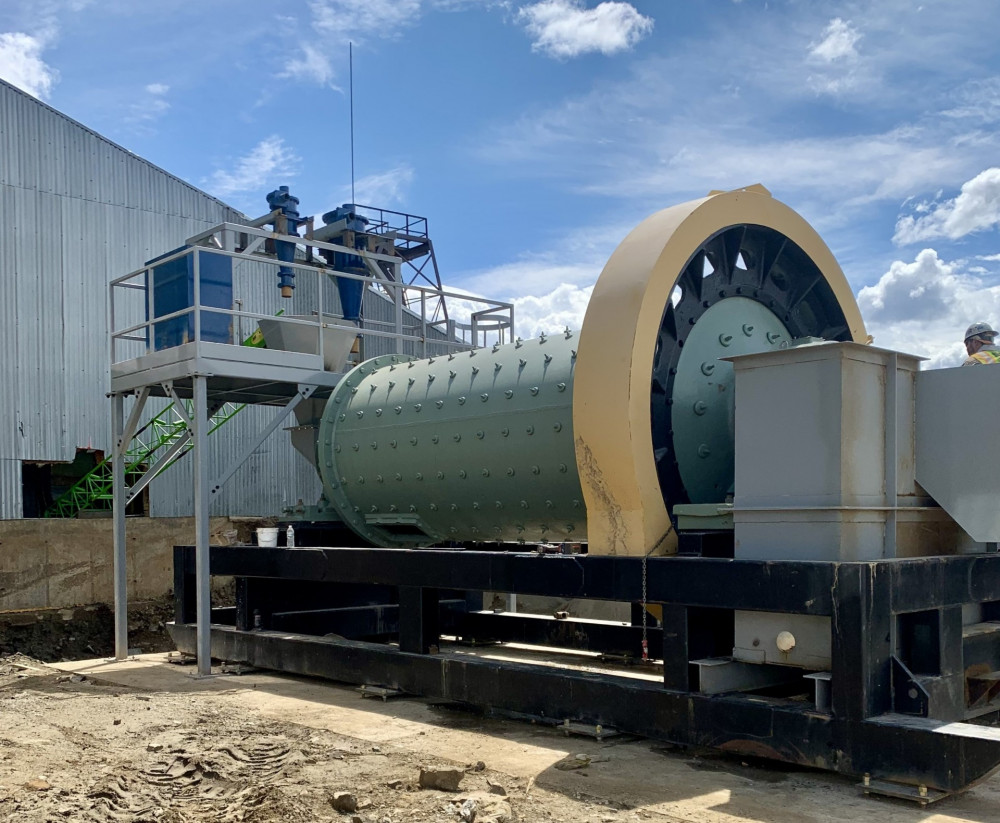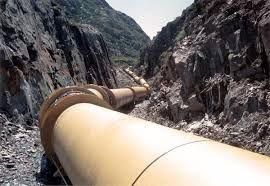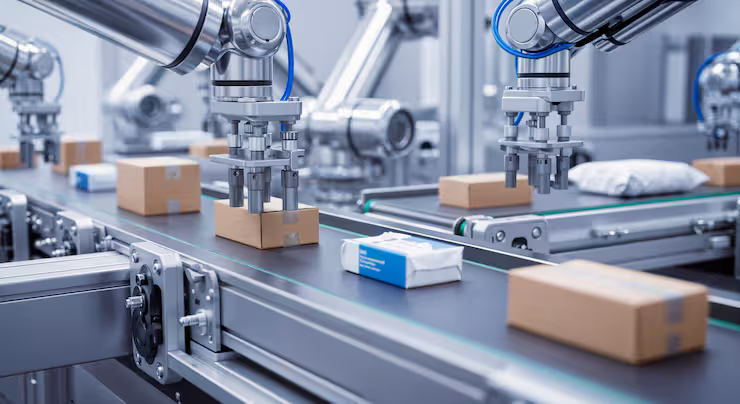Introduction to Crusher Machines: Discover Basics, Details, and Useful Knowledge
Crusher machines are essential equipment in industries that deal with reducing large-sized materials into smaller, manageable pieces. These machines are widely used in mining, construction, recycling, metallurgy, and manufacturing. Their primary role is to break down rocks, minerals, or other bulk materials for further use in production processes.
The concept of crushing has existed for centuries, starting with manual stone tools and evolving into highly advanced mechanical crushers. Today, crusher machines range from jaw crushers and cone crushers to impact crushers and hammer mills, each designed for specific material types and output requirements.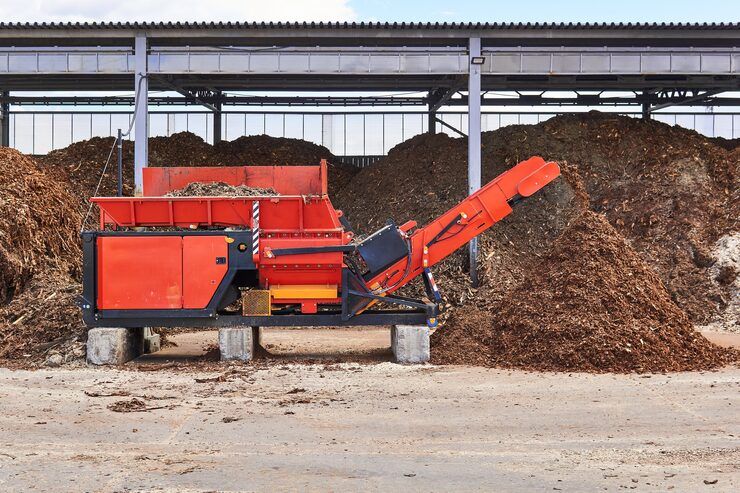
This topic exists because modern industries rely on consistent, efficient, and safe material processing to maintain productivity and meet demand. Without crushers, industries such as mining, road construction, and aggregate production would struggle to operate effectively.
Importance of Crusher Machines
Crusher machines are not just mechanical tools they are vital for industrial progress. Their importance today is tied to several key factors:
-
Infrastructure development: Crushers produce aggregates used in highways, bridges, and buildings.
-
Mining and resource management: They help extract valuable minerals and ores efficiently.
-
Recycling: Crushers play a role in reducing waste by breaking down construction and demolition debris for reuse.
-
Economic growth: Availability of crushed materials ensures supply chains remain strong for construction and manufacturing sectors.
Industries, contractors, manufacturers, and governments depend on crushers to support infrastructure expansion. The problem they solve is simple but significant turning large, unusable raw material into a practical and usable form.
Recent Updates and Industry Trends
The past year has seen notable developments in crusher technology and usage:
-
Automation and AI integration (2024–2025): Many manufacturers are introducing automation systems that allow crushers to adjust settings automatically for efficiency and safety.
-
Sustainable crushing technologies (2024): There is a growing trend toward energy-efficient crushers that reduce carbon footprints and comply with environmental regulations.
-
Mobile crusher adoption (2023–2025): Portable and track-mounted crushers are gaining popularity for flexible operations in construction sites.
-
Global demand growth (2024 reports): Market analyses have shown steady growth in demand for crushers in Asia-Pacific, driven by rapid urbanization and infrastructure projects.
These updates indicate that the crusher machine industry is moving toward smarter, greener, and more adaptable solutions.
Laws, Regulations, and Policies
Crusher machines operate under strict rules and guidelines to ensure safety, efficiency, and environmental protection. Some key regulations include:
-
Workplace Safety Standards: Governments often enforce safety regulations such as mandatory operator training, machine guards, and emergency stop systems.
-
Environmental Laws: Crushers used in mining and construction must comply with dust control, noise reduction, and emission standards.
-
Recycling Policies: Many countries have policies encouraging the use of crushers in waste management and recycling to promote circular economy practices.
-
Mining Regulations: Licensing, inspection, and compliance rules determine where and how crushers can be used in extraction activities.
Adhering to these policies ensures crushers contribute positively to industries without compromising worker safety or environmental sustainability.
Tools and Resources for Learning and Using Crusher Machines
For individuals or businesses interested in crusher machines, several helpful tools and resources are available:
-
Manufacturer Manuals and Online Guides: These explain machine setup, maintenance, and troubleshooting.
-
Educational Websites: Industry portals such as Mining.com and Construction World offer news, insights, and best practices.
-
Software Tools: Digital monitoring platforms and IoT-based applications track crusher performance, downtime, and output.
-
Standards Organizations: References from ISO and ASTM provide quality and safety benchmarks for crusher machine design and use.
-
Research Databases: Engineering and construction journals offer academic studies on material processing and machine efficiency.
Types of Crusher Machines
Understanding the types of crushers helps in learning their diverse applications:
| Crusher Type | Primary Use | Material Suitability | Key Advantage |
|---|---|---|---|
| Jaw Crusher | Primary crushing | Hard rocks, ores | High durability |
| Cone Crusher | Secondary crushing | Medium-hard materials | Precise size reduction |
| Impact Crusher | Secondary/tertiary | Soft to medium-hard | Produces fine particles |
| Hammer Mill | Fine crushing | Coal, limestone | High reduction ratio |
| Mobile Crusher | Flexible crushing | On-site projects | Portability |
FAQs on Crusher Machines
What is the main function of a crusher machine?
A crusher machine reduces large raw materials into smaller, usable pieces for industries such as mining, construction, and recycling.
Which industries commonly use crushers?
Crushers are widely used in mining, construction, aggregate production, metallurgy, and waste recycling.
What are the environmental concerns with crusher machines?
The main concerns include dust, noise, and energy consumption. Modern machines address these through dust suppression, noise control, and energy-efficient designs.
How have crusher machines changed in recent years?
Advancements include automation, mobile crushers, smart monitoring, and eco-friendly designs to meet stricter environmental standards.
Are there safety requirements for operating crushers?
Yes, safety rules require protective equipment, emergency stop systems, operator training, and compliance with occupational safety regulations.
Conclusion
Crusher machines form the backbone of multiple industries by ensuring efficient material processing. From infrastructure projects and mining operations to recycling efforts, their impact is both wide-ranging and critical. Recent updates highlight a shift toward automation, mobile applications, and sustainability, aligning with global industrial and environmental needs.
By understanding the basics, types, regulations, and resources, anyone exploring this field can gain clear insights into how crushers support modern economies. They are not just machines they are enablers of progress, growth, and innovation in industries worldwide.


